The KAMM 912c is a Porsche from an alternate universe
Imagine an alternate reality where, by adding a digit to its most iconic model number, Porsche actually created a superior product. In this version of the multiverse a lighter, more agile, and even more rapid variant of the 911 was called the 912.
Well, that’s exactly what Hungarian filmmaker-turned-resto-modder Miklós Kázmér has done with the KAM Manufaktur 912c.
Kázmér grew up in the Budapest tuner scene where, before the Iron Curtain fell, engineers would improvise with whatever parts they could lay their hands on to make sorry Soviet-era cars go faster. Tractor turbo for a Trabant, anyone?
For Kázmér, however, it was access to the VW Beetles that flooded in after communism’s collapse that inspired him. Fettling the flat-four engine became an obsession that remains just as strong today, and has led to the creation of a motor with the highest specific output of any air-cooled street engine, installed in a carbon fiber-bodied Porsche 912.

Switzerland’s JPS Aircooled is responsible for the transformation of the original 60-horsepower 1.6-liter 616 motor into a two-liter powerhouse delivering 190 hp. That’s 95 hp per liter. The engine case, heads, and con rods are all uprated, there’s electronic fuel injection and individual throttle bodies from DBW, plus a Life Racing ECU, and KAMM’s own stainless steel exhaust and carbon cooling ducting. Mounted to it is a 901 five-speed transmission which dispatches drive through an aluminum Porsche racing clutch and a ZF limited-slip differential.
Adding to the united nations of suppliers are the U.K.’s TracTive Suspension, which supplies semi-active front and rear coilovers; AP Racing, which provides the vented discs brakes and hydraulic handbrake; and California’s Tilton Engineering, which built the pedal box. Heritage Fuchs three-piece steel-look alloy wheels come from Germany, and Yokohama tires are flown in from Japan.
Back in Hungary, KAMM manufactures the carbon fiber body parts that are fitted to a fully restored and reinforced chassis. As standard, the front fenders, hood, doors, engine cover, and bumpers are made from the lightweight material, keeping the roof and rear panels in steel, but a full-fiber body is an option should the 750-kg (1653-pound) wet weight (without fuel) somehow be considered a bit chubby.
Exposed carbon is everywhere inside. Dash, doors, even the foot brace for the passenger and floor mats are made from the miracle material. Black leather trims the classic fixed-back bucket seats, and there’s more hide for the straps that open the doors and are required to pull down the Lexan polycarbonate windows. There’s a raw beauty in it all, but luxurious it certainly isn’t. Although air conditioning is installed, there’s no in-car-entertainment—simply a magnet to hold your phone and a socket in the glovebox for a USB cable.
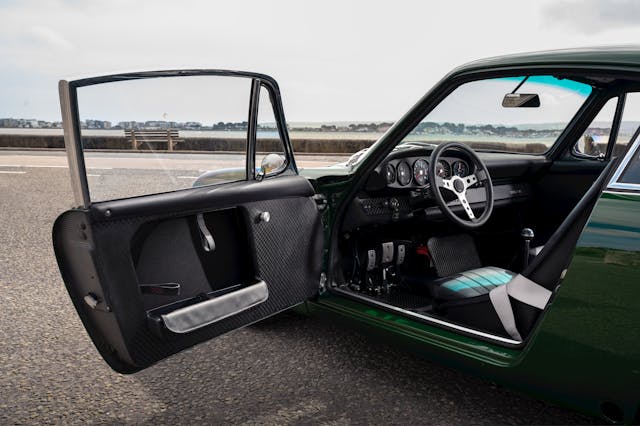
You’d never hear it anyway. From the moment the boxer engine fires up it totally dominates, the slightly rattly idle resonating through the shell like it’s a giant amplifier. As the engine speed rises so does the volume, and as this is an engine that thrives on revs, there’s little choice but to embrace the thrash metal racket.
When it’s screaming its loudest above 5000 rpm is when the engine does its best work. In the narrow power band that peaks at 7200 rpm there’s a real urgency to the acceleration, but drop out of the mosh pit of power and the 912c feels sluggish, despite its minimal mass.
That’s even truer in its standard running mode, which maps the throttle to 70 percent. Pulling a switch marked “Drive Me Crazy” not only releases full power but adds to the din with overrun pops and bangs.
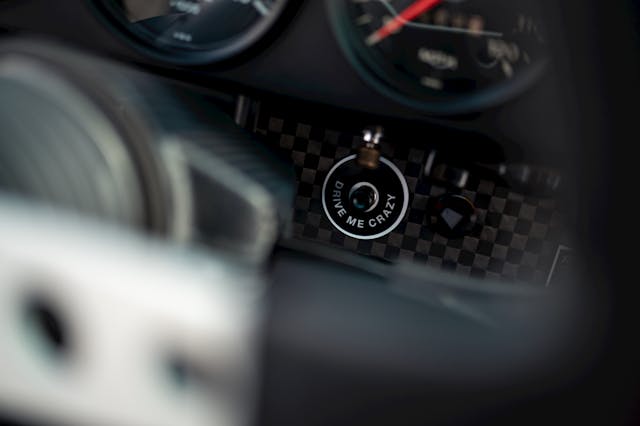
Kázmér has geared the car to exploit the engine’s character. The dog-leg first is really only needed to pull away, and then all you’d ever need on a backroad is the fore-aft plane of second and third. Given that second gear can take you to 70 mph, maybe that would suffice on its own. Fourth and fifth are taller still, and a partially successful attempt to reduce the aural assault at cruising speed. In fairness, the car is still in development and the next phase is to incorporate a valved exhaust so that the deafening can be deadened.
As part of its progress, this prototype example has already had changes made to soften its ride and make its steering less fierce. Kázmér originally set up the car super stiff and with a speedy 1.7 turns lock-to-lock, but now the TracTive coilovers have more give, while the steering now takes 2.4 turns to go from full left to full right.

I didn’t drive it before the changes, but for road use the balance seems spot on. I leave it with the dampers set to position three out of five and have nothing to complain about regarding ride quality, although over some especially nasty bumps on my test route it skips briefly into the air, a factor perhaps owing to the 912’s lack of weight as much is its suspension stiffness.
It does feel extraordinarily light at all times. The unassisted steering is a particular delight, painting a perfect picture of the road surface and grip levels. The brakes are stupendous, with a rock-hard pedal that needs a firm foot but rewards with a fabulous feel and prodigious stopping power.
KAMM’s own carbon fiber gear shifter is tall and repositioned further back from its original spot, and it’s the only control I have the occasional issue with. There’s no spring to center it like in most manual transmissions, which can make the fourth-to-third downshift a little tricky. Slowing into roundabouts from dual-carriageway speed, I sometimes grab fifth instead of third and have to look down to seek out the correct gear.
I don’t use the hydraulic handbrake to its drift-inducing potential, but do find that a throttle lift in the midst of one of those roundabouts loosens the rear end, while a little corrective lock and some throttle quickly sorts the slide. The grip-to-oversteer transition is intuitive and entertaining, and it certainly never feels like getting away from me without provocation in the way that early 911s can.
Overall, there’s a beautiful balance to the way the 912c drives. A little less of a lump in the trunk and its harsh diet mean the car has a lightness and confidence-inspiring handling that might well out-perform a 911 on the right road or track.
It’s a little extreme at the moment, but KAMM is working with its first three customers, in Florida, California and the Czech Republic, to perfect the specification.
There will be those out there who question a $355,000 912, but in a universe where a Singer-fettled 911 costs millions, this alternate reality might just make some sense.
***
Check out the Hagerty Media homepage so you don’t miss a single story, or better yet, bookmark it. To get our best stories delivered right to your inbox, subscribe to our newsletters.





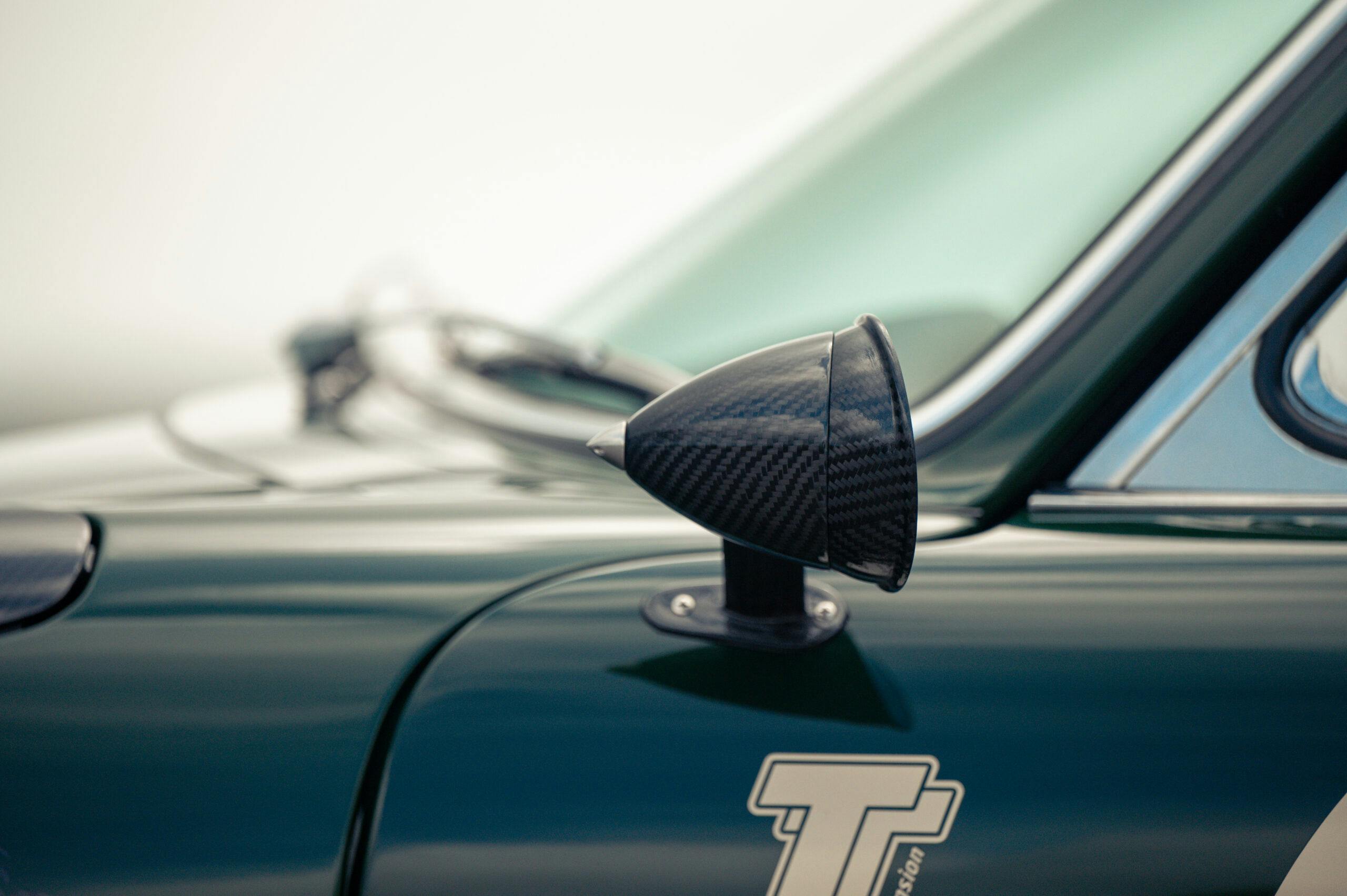
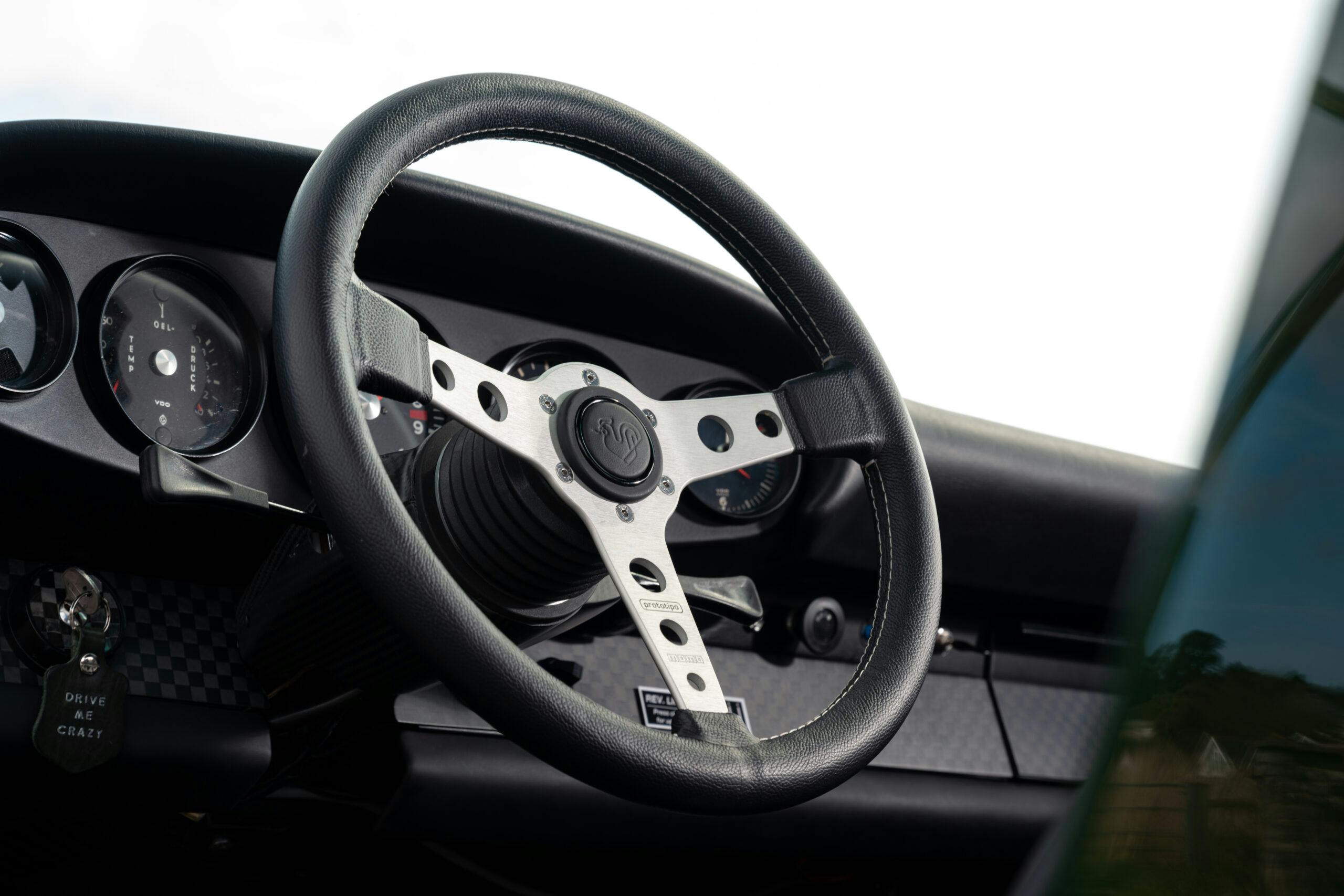
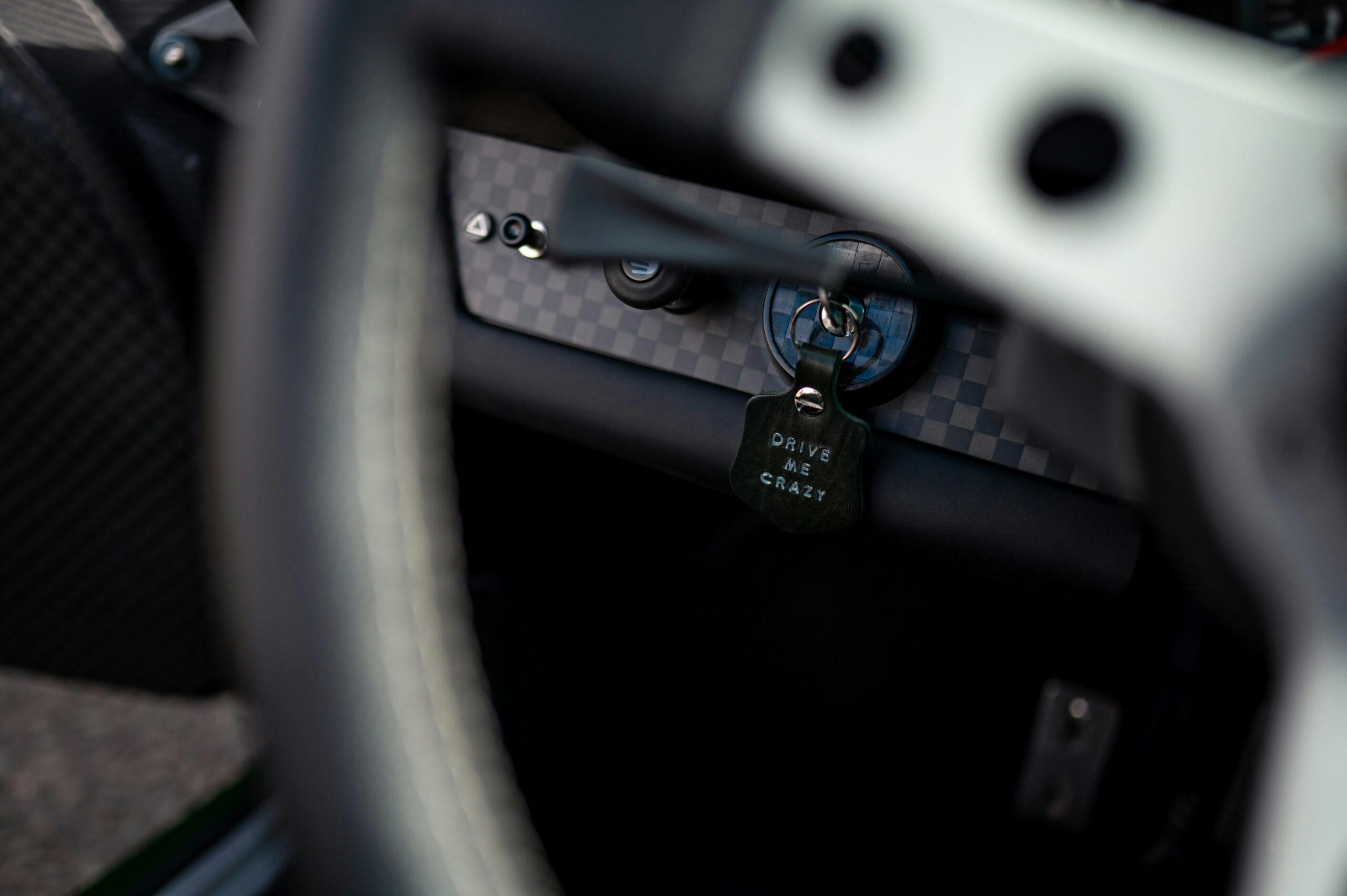
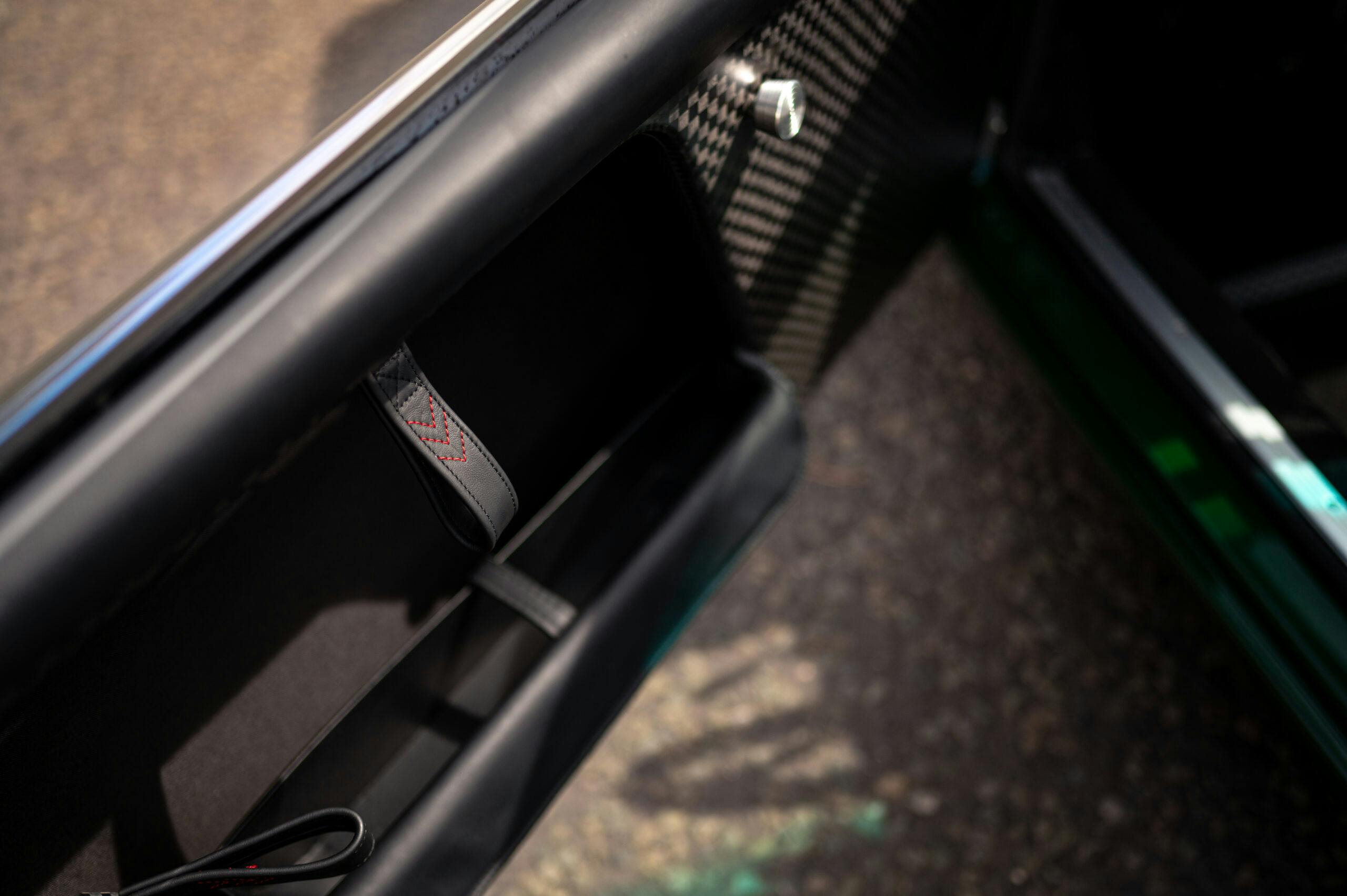


I love the all of the carbon fiber parts and the look of this car so i was not shocked it costs a silly amount of money.
Back in 1988, I purchased and restored a 1968 Porsche 912 Targa Soft-back. It was powder-puff blue and even looked fantastic. Even on the flatbed tow truck! It was constantly in need of assistance and often required a tow truck’s aid. Just because it was a “Porsche” every little issue was expensive. Every simple maintenance was costly.
When it did run, the damn thing was amazingly flat thru the turns. It was smooth and handled great. You would be going 60 mph and it felt like 30 mph. But, I had to put many a date in a cab while I waited for the tow truck.
Then one day while playing around on the roads of a new housing project… It caught fire! A frayed wire must have caught some gear in the front bonnet afire. As I was driving, I noticed the paint bubbling up on the hood and smoke coming through the air vents. I stopped and opened the front bonnet… It simply ignited… Back-draft style! The magnesium body actually caught fire. Magnesium metal actually burns and burns very hot. The fire trucks arrived in less than 10 minutes but by then the glass windows were already Melting. The fire department did not have the foam necessary to extinguish that type of fire. There was ultimately nothing left to save. Did you know that the glass of a Porsche could even melt? I learned that the hard way.
I wish that it had been insured by Hagerty… but it was not. That 912 Targa was the worst money pit of a vehicle that I’ve ever owned. I swore to never buy another Porsche ever again and have reluctantly kept that promise. A $355K Porsche 912… never ever… I hope that they didn’t keep any magnesium parts.